New Jersey Fire Officials Demand Tougher Code
[fa icon="calendar'] Sep 9, 2015 4:06:14 PM / by Mark McGivern, CSI, Aff. M. ASCE
On August 24th, The Journal of Light Construction reported on New Jersey fire officials are looking for change - and are concerned that policymakers are dragging their feet seven months after a runaway apartment building fire.
"At issue in New Jersey is the question of whether stick-frame construction — what firefighters are calling "lightweight wood construction" — should be allowed in multifamily dwellings at all. Two identical bills under consideration in the state Assembly and the Senate would impose a two-year moratorium on permitting and building of stick-framed apartments or condominiums while officials study the question."
Read more about the situation here: http://www.jlconline.com/coastal-contractor-news/new-jersey-fire-officials-demand-tougher-code_o
Read More [fa icon="long-arrow-right"]

Construction Defect Litigation: Engaging Your Expert Witness
[fa icon="calendar'] Sep 1, 2015 4:30:00 PM / by Mark McGivern, CSI, Aff. M. ASCE
About this blog series:
An expert witness can make or break your construction defect case. Unlike many other types of litigation, construction cases (of all types) are often “expert driven” in determining ultimate liability and damages. The ability of the expert not only to qualify but to work and communicate clearly and objectively with counsel and client is key.
Having served as an expert witness in hundreds of cases over the past twenty years, I believe that the expert witness who can distill complex processes into plain and simple language leaves an indelible impression on judges, juries, arbitrators, and other triers of fact.
In this series of blog posts, I offer insight gained from my experience as a forensic expert, as well as in managing and working with other experts on cases both big and small. My experiences include working as a litigation consultant to assist carriers, counsel, and corporate clients in construction defect, breach of contract, E&O, and property claims litigation in a multitude of venues throughout the United States My hope is that those of you who retain expert witnesses will find value in understanding the perspective from the other side when vetting an expert you may not have worked with before. Even if you know the expert, these steps may provide you with insights that will enhance your dialogue with the expert and maximize the relationship and the outcome of any retention.
Whether you are engaging an expert on behalf of a litigant party or as a non-testifying consultant, these tips may provide insights that will help to ensure that the engagement meets your needs and expectations.
Read More [fa icon="long-arrow-right"]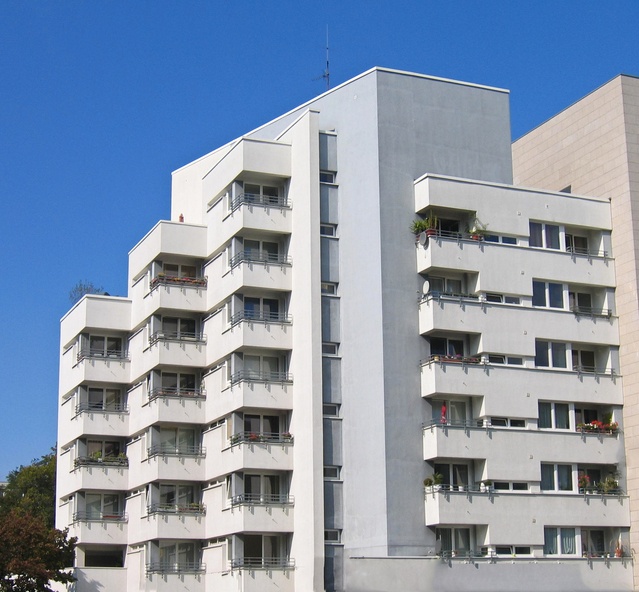
Balcony Issues: Common Structural Failures
[fa icon="calendar'] Aug 11, 2015 1:30:30 PM / by Greg Hoyt, PE
As I noted in my last blog post, and as recent news stories reveal, wood rotting and structural failures of balconies and decks can have costly consequences. The structural design and construction of decks and balconies, including their guardrails (or handrails) are critical for the safe performance of these structures and to avoid structural failure.
Signs of common balcony and deck structural failures
Of course, if you have questions concerning the structural integrity of your balcony and deck, it’s best to call a structural engineer to inspect the property and provide a professional opinion. In Boston, property owners are required to have certain facades inspected and certified within every five years. While this is not required for all properties, it is a good idea to schedule an inspection for your property’s balconies and/or decks within this time frame.
Read More [fa icon="long-arrow-right"]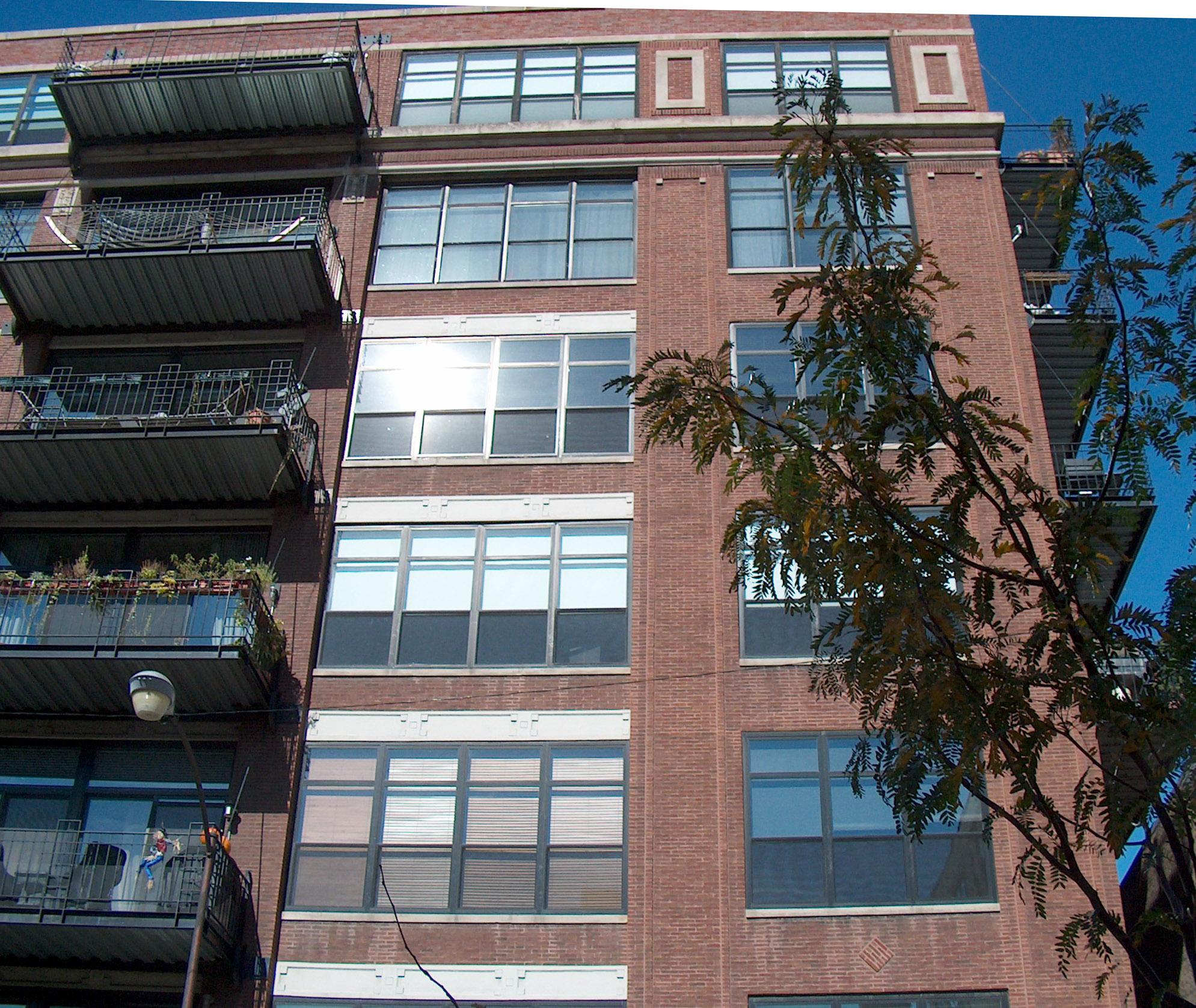
Balcony Issues: Structural Performance
[fa icon="calendar'] Jun 26, 2015 2:00:00 PM / by Greg Hoyt, PE
As recent news stories reveal, wood rotting and structural failures of balconies and decks can have costly consequences. The structural design and construction of decks and balconies, including their guardrails (or handrails) are critical for the safe performance of these structures and to avoid structural failure.
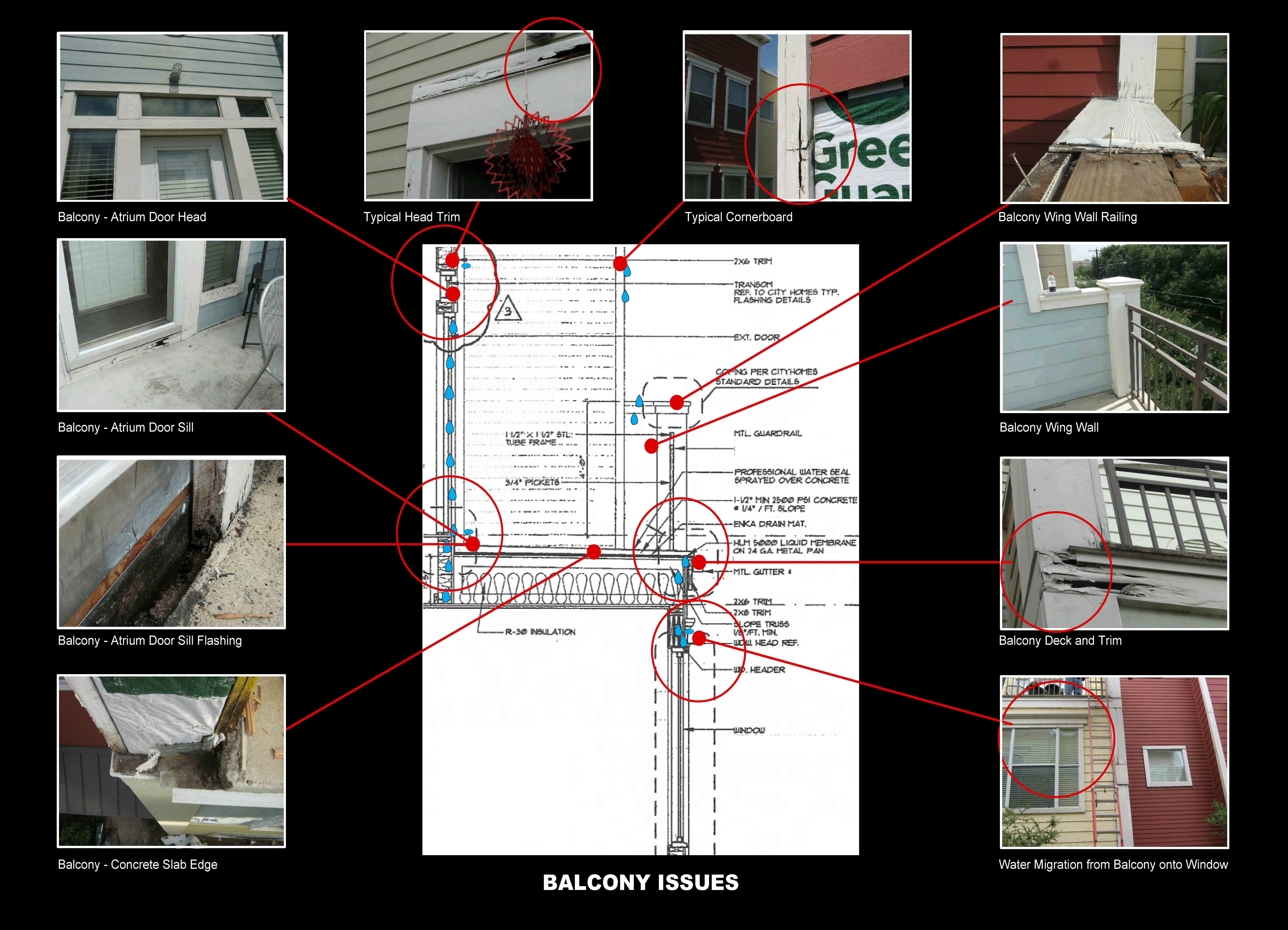
Common Balcony Issues: Water Intrusion Due to Construction Defects
[fa icon="calendar'] Jun 22, 2015 2:17:38 PM / by Adrienne K. Paskind, AIA
There is no shortage of news stories about balcony failures. From the recent collapse in Berkeley, California to The New York Times report on construction defects following a Brooklyn housing boom, balcony and deck construction defects and the possible devastating consequences and law suits make for attention grabbing headlines - and should be of concern to any home or building owner.
Read More [fa icon="long-arrow-right"]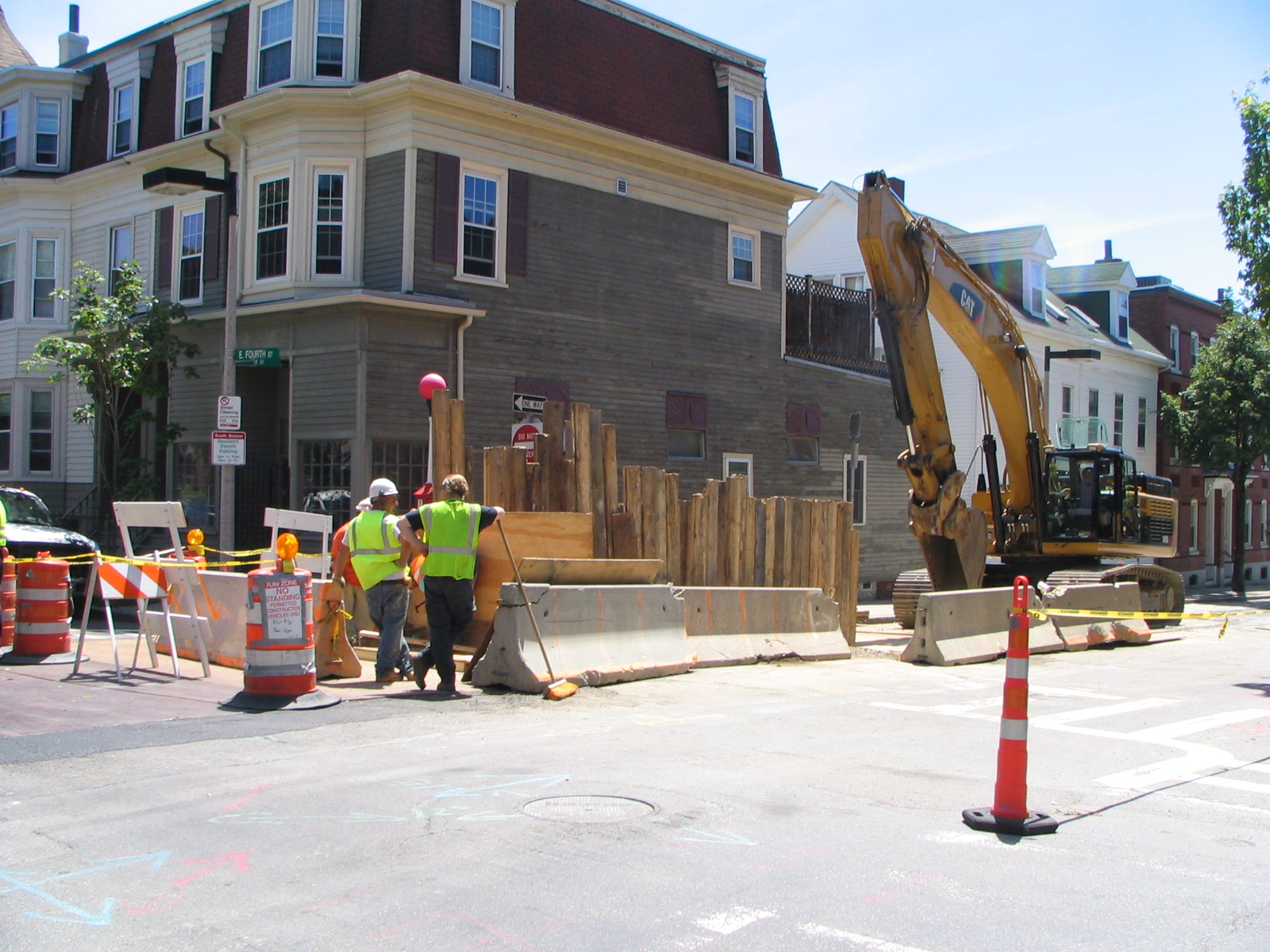
Vibration-Related Property Damage
[fa icon="calendar'] Jun 8, 2015 1:34:36 PM / by Peter A. Byrne, PE
From a contractor’s arsenal, the use of heavy construction equipment and blasting are common and efficient means of tackling various work. At some point in time it is highly likely that these types of construction activities will be employed within an area close to you.
Whether it is blasting related to mass excavation in the neighborhood, hydraulic rock breaking involved with the foundation work down the street, or the use of heavy equipment for the construction next door, the associated noise and vibration can be a nuisance at best, and often can be unsettling and possibly damaging to the area properties.
Read More [fa icon="long-arrow-right"]What Will You Do When Your Mission-Critical Facility Goes Down?
[fa icon="calendar'] Apr 28, 2015 10:58:19 AM / by Robert Pfeifer, AIA
Risk assessment protects your operations when mission-critical buildings go offline.
Mission-critical facilities are the buildings that contain activities, devices, services or systems that if disrupted would have a devastating impact on a business, a community or on national security. Major data centers, Chicago’s O’Hare airport, Department of Defense facilities, your local fire department, or the buildings where Federal Exchange servers reside – all of these are examples of mission-critical architecture.
But of course, mission-critical facilities do fail. From natural disasters to terrorism to an explosion at an electrical substation, there are many threats that can cause a mission-critical building to go down. And while it is theoretically possible to protect a facility 100% against all threats, it is simply too costly for most organizations to provide that level of protection.
That is where risk assessment for mission-critical facilities comes into play. By performing a comprehensive assessment of the risks to your mission-critical building – and the costs of losing it temporarily – you can better prepare for the possibility of failure and protect your organization in the event a disaster occurs.
There are five steps involved in risk assessment of mission-critical architecture:
Read More [fa icon="long-arrow-right"]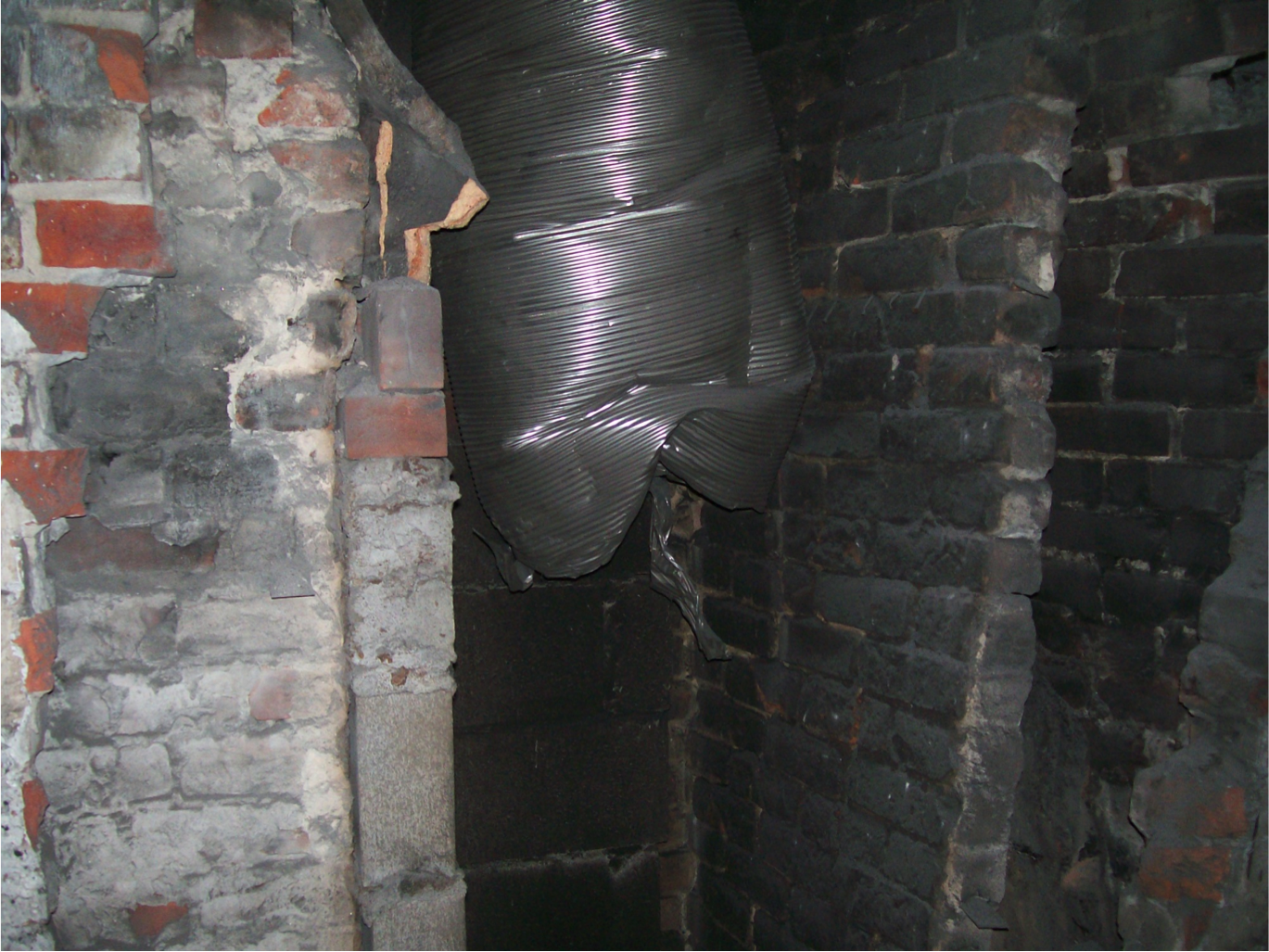
Root Cause Analysis: An Important Tool in Accident Investigation
[fa icon="calendar'] Apr 6, 2015 3:48:10 PM / by Martin J. Barry, PhD, CIH, CSP, PE
When damages occur, identifying other contributing causes may keep your client from shouldering all the blame—and the associated costs.
Once in a while, an incident occurs that is cut and dry: the cause of damages is clear and a single party is to blame. The only question left for an expert to answer is how much monetary damage was caused. But far more often, when things go wrong there are multiple parties who might be responsible, even when at first glance a single party seems to be on the hook.
Read More [fa icon="long-arrow-right"]Brooklyn construction defects on the rise
[fa icon="calendar'] Mar 9, 2015 11:20:12 AM / by Mark McGivern, CSI, Aff. M. ASCE
Following a Brooklyn building boom, The New York Times reported on March 6th that construction defect cases are on the rise.
Read More [fa icon="long-arrow-right"]
